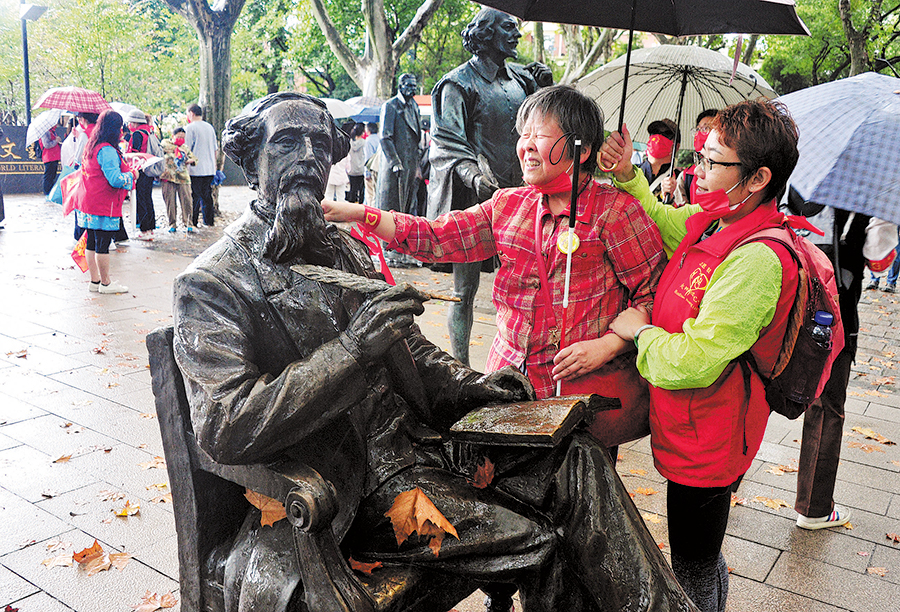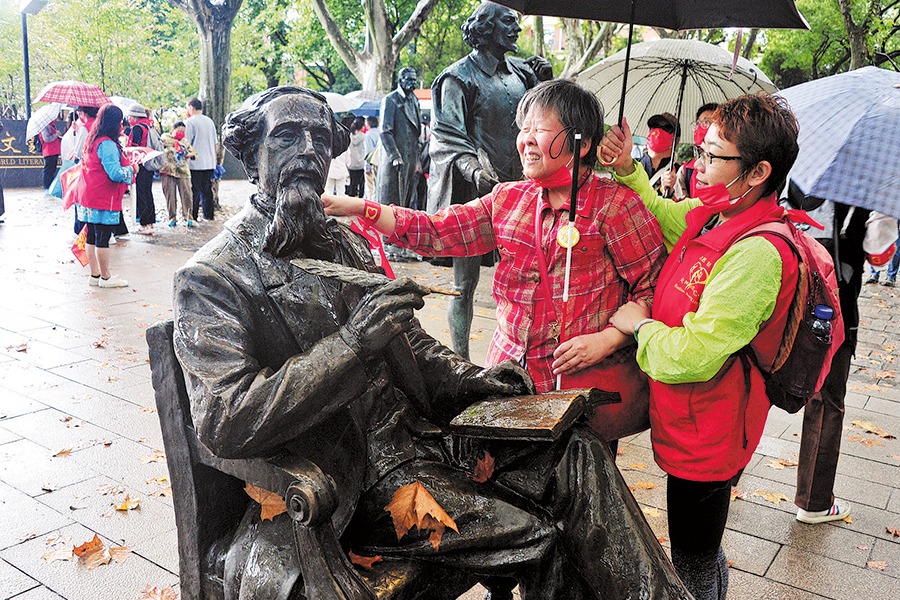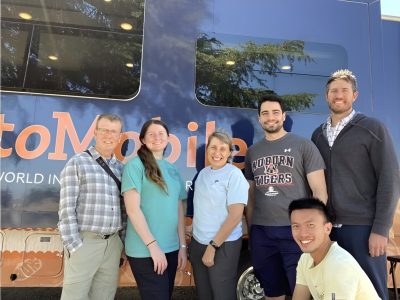
The concept of travel and experiencing new places is often neglected when it comes to the visually impaired, but a kindhearted organization from Shenyang in Liaoning province is doing just that — organizing holidays for the blind and partially sighted.
On a dry January day in Bangkok, a group of 19 Chinese tourists, most of whom were blind, were led by guides through the bustling streets of the Thai capital.
The guides described the scenes around them, made sure they were safe and enabled them to take in the exotic sounds, smells and tastes.
Zhang Yu is the director of Haiman Smart Eldercare Center, which organized the tour in partnership with the China Foundation for Disabled Persons.
The altruistic 43-year-old developed an interest in the plight of the blind and partially sighted community in 2017, after a close friend”s accident that resulted in blindness, and her subsequent struggle to come to terms with it.
China has 17.3 million blind or visually impaired people, and a growing number of them are venturing out to travel as their incomes improve and barrier-free accessibility in public spaces continues to grow, according to Zhang.
She said a whole market for nonprofits and commercial travel agencies has sprung up, and travel products are being rolled out to meet the needs of the blind and partially sighted.
As a longtime volunteer, Zhang has learned the challenges faced by those with visual disabilities, especially the elderly.
Many standard nursing homes don’t accept blind residents, and even if they do, the costs are prohibitive and blind residents are often confined to solitary rooms for safety reasons.
This prompted Zhang and others to establish an elderly care service for the blind in 2019. In its short history, Haiman Smart Eldercare Center has expanded to provide care for 40 people with visual impairment, and it has even started organizing group tours.
“Blind people have a strong desire to travel,” she said, adding that most mainstream tour groups do not accept those with visual impairment, or if they do they charge as much as twice the normal price.
In some of China’s wealthier coastal regions, there have been charity programs that pair blind travelers with sighted ones. The blind travelers pay half of the sighted companions’ expenses in exchange for free guiding services. While being much cheaper, the itineraries are still not tailored to the specific needs of blind travelers.
This is where Haiman has stepped in. It designs its trips based on blind people’s interests, with each guide shared by two blind travelers, resulting in a travel cost only a third more expensive than the standard cost.
Starting in the suburbs of Shenyang and neighboring provinces, Haiman has expanded its footprint as far as Hainan, an island province thousands of kilometers away.
Encouraged by their early success in domestic travel, Zhang proposed a trip to Thailand.
Although the journey went smoothly overall, there were some challenges, particularly during their visit to the Chao Phraya River in Bangkok, where they had to board a narrow canoe.
The boat had no steps, so each person first had to step onto a wobbly stool about 80 centimeters tall, and climb another 80-centimeter gap to reach the boat. Zhang felt nervous while assisting the blind travelers. Since blind individuals rely on their hearing, they can get confused when too many people talk at once. Instead, guides tapped their legs to signal which one to lift.
Eventually, everyone managed to board the boat safely.










